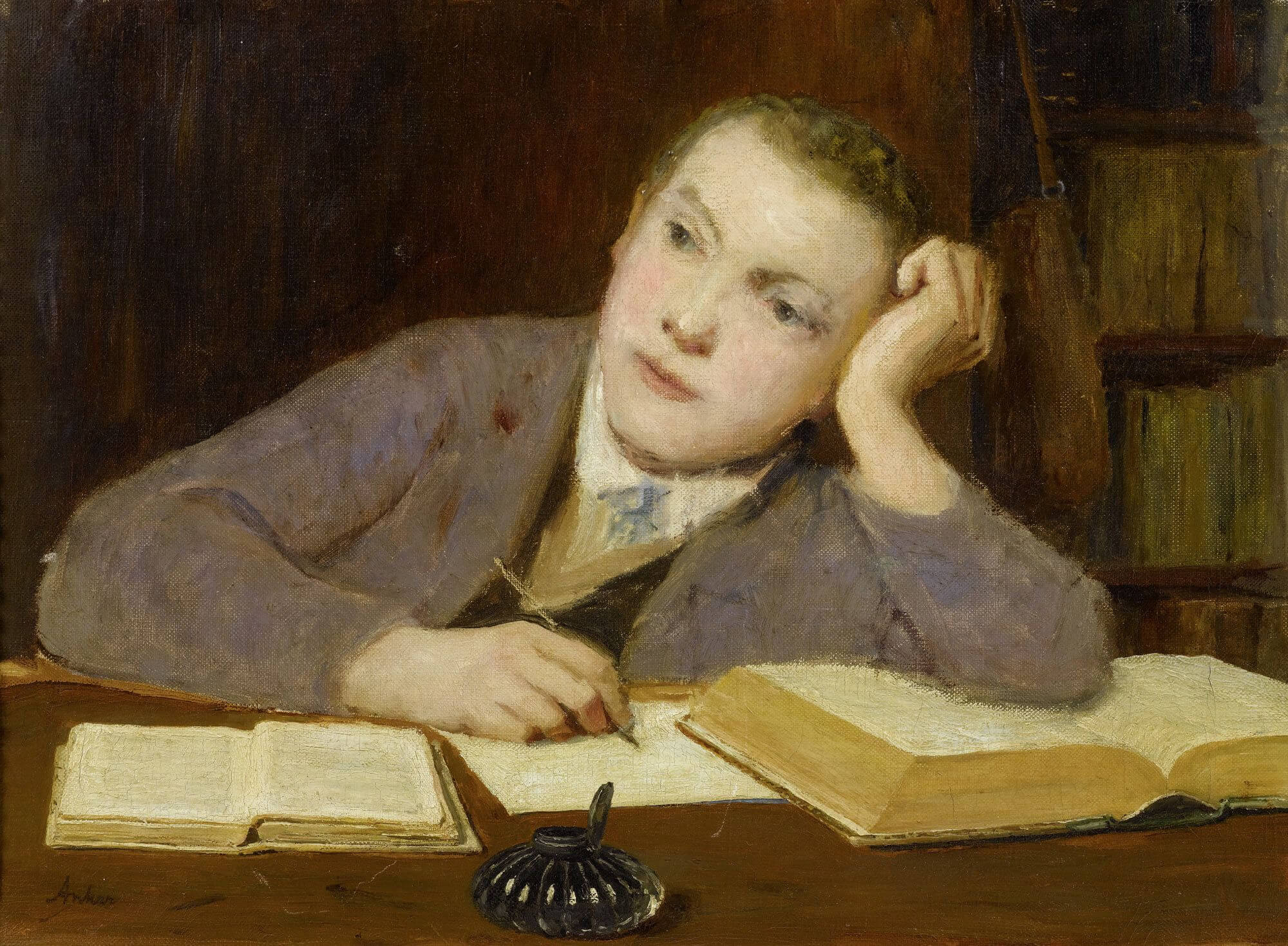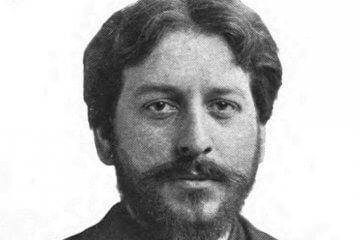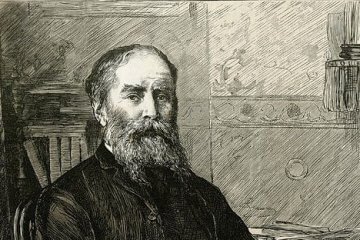by Brett Vaden
What is the best method for teaching students how to communicate their ideas in writing? This question has mystified many a teacher and parent.

Beginning with this post and two to come, I am going to describe what we at CLSA believe is the best way to train students in this art.
First, let’s be clear on what it means to write well. What are we teaching students when we teach them composition? In a word, we are teaching “communication.” More specifically, we are teaching students how to communicate through language. Learning to write means learning how to express one’s thoughts in language in such a way that others can understand. Arthur Quinn said, “Writing is a matter of making linguistic choices, and reading depends on understanding the linguistic choices made by someone else.” Students who master the art of composition know how to make good “linguistic choices,” so that when their writing is read by others, those linguistic choices make sense, and maybe, when done skillfully, those choices move and persuade.
As with any art, in order for students to become proficient at writing , they need good models and good teachers. By studying and imitating the work of master communicators, students can assimilate their methods and techniques. In a post to come, I’ll describe the specific models and exercises that we recommend you use to help students do that.
But if we’re not careful, we will easily get ahead of ourselves. It’s sometimes assumed that writing begins with learning how to write a book report or short essay. Not so. It begins in the primary grades where children are taught the alphabet, phonics, reading, and spelling (Really, it begins even before that, when as babies and toddlers children learn to understand their parents’ words and to use words for themselves). Writing is about learning to communicate well and that requires, first, learning words, and then learning how to put words together into a sentence. Accomplishing these tasks is the goal of grades K-4, in which teachers gradually lead students to form sentences, usually as answers to questions. By the end of fourth grade, students should be able to independently write answers to questions in complete sentences, as well as to vary the words of model sentences given to them and to add extra descriptive details.
Once students can independently formulate words into that basic unit of thought we call a sentence, they are ready to begin learning the paragraph. (And, by the way, I’m not saying that students at this stage thoroughly understand sentences—e.g., grammar, syntax—just that they can use them to communicate ideas in some basic ways.) If you think about it, the paragraph is nothing more than a stylistic convention we use to avoid long, run-on sentences. Look up a definition and you’ll find something like, “A paragraph is a collection of sentences that deal with a single topic or point, and it begins on an indented line.” Actually, a paragraph doesn’t have to have a “collection of sentences,” since sometimes one sentence alone will suffice (though you might not want to tell your students that just yet). The point of teaching students to write in paragraphs is that it usually takes more than one sentence to sufficiently communicate a thought or idea. Training students how to write in paragraphs (though, again, not to thoroughly understand them) is a major goal for composition in 5th and 6th grades.
However, to say that our goal in the grammar school years is to teach ‘the sentence’ or ‘the paragraph’ is reductionistic and a bit boring. What we are really aiming to do is give students the two basic forms or tools of written thought, so that with these tools they can do things with words. Words have power. In classical education this truth is remembered, respected, and applied, particularly in the art of rhetoric, in which students master the God-given powers of teaching, delighting, and persuading others. Learning spelling words should not ultimately be about passing a test; rather, students learn to spell words to cast spells. Under the rule of Christ, employing the art of rhetoric to “cast spells” is never for evil purposes, but for the sake of goodness, truth, and beauty.
In the next post, I’ll share a vision for what the mature, classically trained student of rhetoric can look like. After that, I’ll end the series with a brief overview of the specific stages applied in our writing program, Classical Composition.


